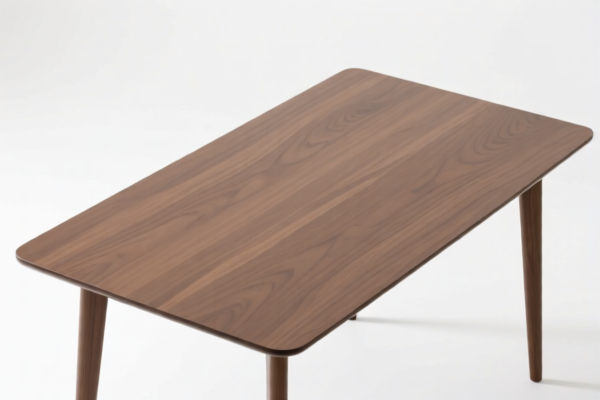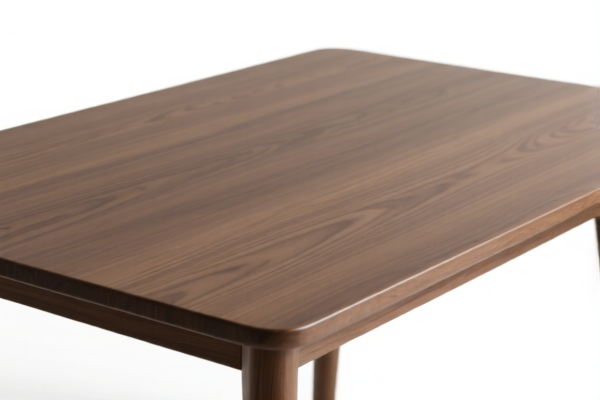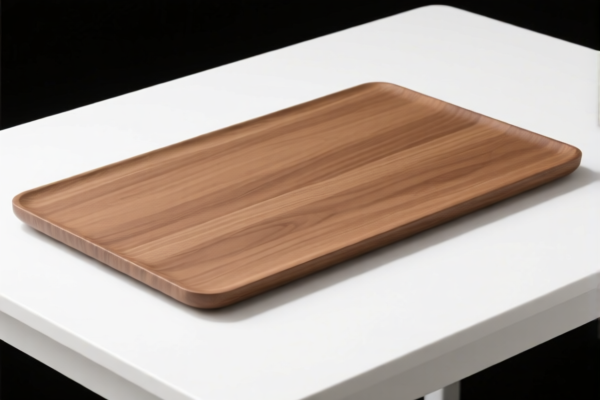| HS Code | Official Doc | Tariff Rate | Origin | Destination | Effective Date |
|---|---|---|---|---|---|
| 8430690100 | Doc | 55.0% | CN | US | 2025-05-12 |
| 9026106000 | Doc | 37.5% | CN | US | 2025-05-12 |
| 9026104000 | Doc | 37.5% | CN | US | 2025-05-12 |
| 9014805000 | Doc | 55.0% | CN | US | 2025-05-12 |
| 9014804000 | Doc | 55.0% | CN | US | 2025-05-12 |
| 9031808085 | Doc | 30.0% | CN | US | 2025-05-12 |
| 9031909195 | Doc | 80.0% | CN | US | 2025-05-12 |
| 8304000000 | Doc | 33.9% | CN | US | 2025-05-12 |
| 9401692010 | Doc | 55.0% | CN | US | 2025-05-12 |
| 9401692010 | Doc | 55.0% | CN | US | 2025-05-12 |
| 9402900020 | Doc | 30.0% | CN | US | 2025-05-12 |
| 9402100000 | Doc | 30.0% | CN | US | 2025-05-12 |
| 7323997000 | Doc | 60.3% | CN | US | 2025-05-12 |
| 7323999080 | Doc | 83.4% | CN | US | 2025-05-12 |




Leveling Table
A leveling table, also known as an optical leveling table or simply a level, is a precision instrument used in surveying and construction to establish or verify horizontal lines or elevations. It consists of several key components working in conjunction to determine differences in height between points.
Material:
- Tribrach: Typically constructed from aluminum alloy for lightweight durability.
- Leveling Head: Often made of aluminum or cast iron, containing the leveling screws and vial(s).
- Tripod: Usually aluminum alloy, providing a stable base.
- Stadia Rod/Leveling Rod: Typically fiberglass or wood, marked with precise graduations.
- Vials: Glass tubes containing liquid (often alcohol) and a bubble, used for visual leveling.
Purpose:
The primary purpose of a leveling table is to accurately measure the elevation of points relative to a known datum. This is crucial for a variety of applications, including:
- Construction: Establishing foundations, ensuring proper drainage, verifying building heights.
- Surveying: Creating contour maps, determining land slope, establishing benchmarks.
- Engineering: Monitoring ground settlement, aligning structures.
- Route layout: Determining elevations along roads, pipelines, and canals.
Function:
Leveling tables function based on the principle of establishing a horizontal line of sight. The instrument is set up on a tripod and carefully leveled using adjustment screws and bubble vials. A graduated rod is held vertically at the points to be measured. The difference in height is calculated based on the readings taken on the rod through the telescope. The process typically involves:
- Setup: The instrument is placed over a known benchmark (a point of known elevation).
- Leveling: The instrument is precisely leveled using leveling screws and bubble vials, ensuring the horizontal line of sight.
- Backsight: A reading is taken on the benchmark.
- Foresight: A reading is taken on the point to be determined.
- Calculation: The elevation difference is calculated using the formula: Elevation Difference = Backsight - Foresight.
- Repeat: Steps 3-5 are repeated to determine the elevations of multiple points.
Usage Scenarios:
- Site Preparation: Determining the slope of the land for construction.
- Foundation Work: Ensuring a level base for buildings.
- Road Construction: Establishing the grade of roads and highways.
- Pipeline Installation: Maintaining proper slope for fluid flow.
- Monitoring: Tracking ground settlement or structural movement.
- Agricultural Land: Creating level fields for irrigation.
Common Types:
- Dumpy Level: A basic, widely used type known for its simplicity and affordability. It features a short telescope and a direct reading system.
- Automatic Level: A more advanced type that automatically levels the telescope, reducing setup time and improving accuracy. It uses a self-leveling mechanism.
- Digital Level: The most advanced type, featuring electronic reading and data storage capabilities. It provides precise digital readouts and can often be connected to data collectors.
- Laser Level: Uses a laser beam to project a horizontal line. Useful for shorter distances and interior applications. While convenient, they generally have lower accuracy than optical levels.
- Robotic Level: Automatic levels with motorized telescope control, allowing for remote operation and data collection.
The declared goods, “leveling table,” can be interpreted as a table used for ensuring a flat or level surface, potentially for use in various applications requiring precision or stability. Based on the provided reference material, the following HS codes may be relevant:
- 8304000000: This HS code covers desk-top filing or card-index cabinets, paper trays, paper rests, pen trays, office-stamp stands and similar office or desk equipment and parts thereof, of base metal, other than office furniture of heading 9403. While “leveling table” isn’t explicitly mentioned, it could fall under “similar office or desk equipment” if used in an office setting. The base metal composition is a key factor. The tariff is 3.9% base tariff, with a 0% additional tariff, totaling 33.9% after April 2, 2025.
- 7323997000: This HS code covers other articles of iron or steel; not coated or plated with precious metal; cookingware. If the “leveling table” is constructed of iron or steel and used as cookingware, this code may apply. The tariff is 5.3% base tariff, with a 0% additional tariff, totaling 60.3% after April 2, 2025, with potential additional tariffs for steel or aluminum products.
- 7323999080: This HS code covers other articles of iron or steel; not coated or plated with precious metal; other. If the “leveling table” is constructed of iron or steel and doesn’t fall under the cookingware category, this code may be applicable. The tariff is 3.4% base tariff, with a 25% additional tariff, totaling 83.4% after April 2, 2025, with potential additional tariffs for steel or aluminum products.
- 9401692010: This HS code covers other seats, with wooden frames. If the leveling table is constructed with a wooden frame, this code may apply. The tariff is 0% base tariff, with a 25% additional tariff, totaling 55% after April 2, 2025.
Regarding HS code 7323997000 and 7323999080, please note the need to verify the material composition (steel or aluminum) and may require additional tariff verification after April 2, 2025.
Customer Reviews
No reviews yet.